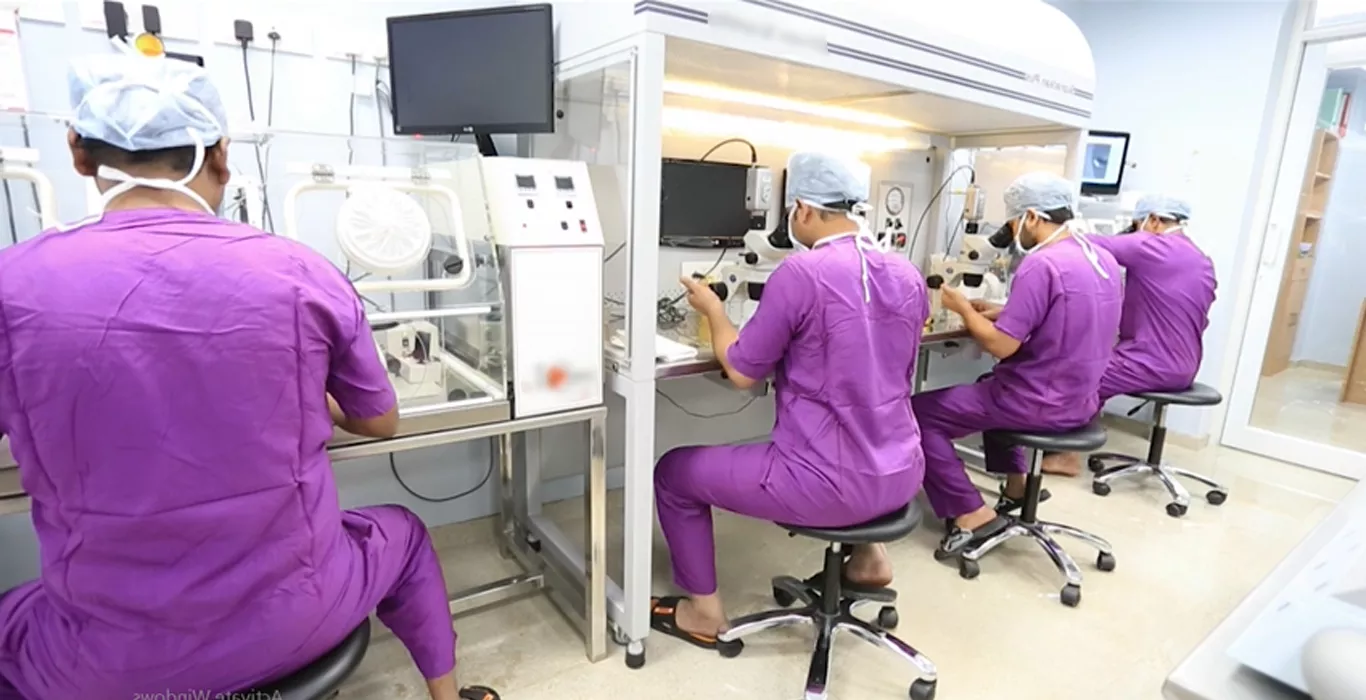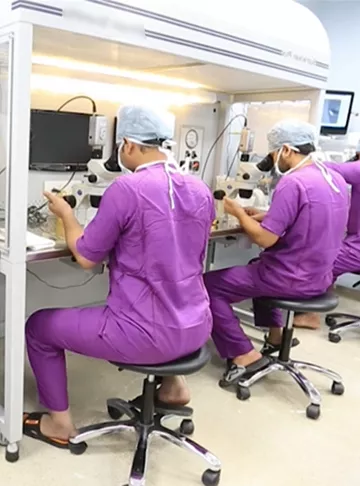IVF is the process where the human gametes are handled outside the human body. The eggs are harvested and then fertilized with the sperms in a petri dish and then cultivated in incubators maintaining the same environment as is in the Fallopian tubes.
Ever since the birth of Louise Brown in 1978 reproductive medicine has made great many advances. In the wake of these advances the success rate of ART procedures has also improved a lot. A lot of progress has been made right from stimulation protocols to egg retrieval and embryo transfer techniques, from culture medias to incubators,
We have come a long way. Yet there are several steps that remain critical to the success of IVF.
The steps of an IVF process:
- Ovarian Stimulation
- Ovum pick up
- Sperm
- Fertilization
- Embryo development
- Embryo transfer
- Luteal phase support
All the above steps are extremely important because human reproduction is a complex process and to replicate that in vitro we require a balance of all the above steps.
Ovarian stimulation is one of the critical steps of IVF because only good quality oocytes go on to develop into healthy embryos and leading to a higher live birth rate. A healthy embryo is one of the 3 E’s (Embryo, Endometrium, Environment) responsible for the success of IVF.
Selecting the right patient for stimulation, selecting the right dose and selecting the right trigger is of utmost importance. The use of recombinant FSH and LH, highly purified Menogen, the emergence of GnRH against as a trigger has proven to be a game changer in the stimulation protocols. The risk of OHSS can be completely eliminated. So selecting the right protocol and the right trigger for the right patient is crucial not just for obtaining good quality oocytes but also for preventing life threatening complication like OHSS.
The next step after stimulation and trigger is the Ovum Pick Up. This is equally critical to the success of IVF because wrong technique of pick up may lead to oocytes being retained in the follicles, wrong pressure may result in damage to the oocytes, maintaining correct temperature during transfer of the oocytes from the OT to lab as the oocytes are extremely vulnerable outside the human body and can’t survive the temperature change for more than
The next process selecting the sperm fertilization and embryo development depend not only on Embryologist’s skills and knowledge but also on how good the lab is. Having a good well equipped lab and a good Embryologist is extremely crucial because embryology is the core of IVF. Right from the time the oocytes reaches the lab in the petri dish to the time you see a beautiful blastocyst ready to hatch out everything happens in the lab in the incubators in the culture medias. The entire lab is critical to the success of IVF.
The last step that is the embryo transfer, many believe it to be the most critical step of IVF, the determining factor for the success of IVF. Embryo transfer indeed is the final and extremely important step because in the end even if we have a good Embryologist, good Endometrium we give adequate Luteal support, if the embryo is not placed in the right place it does not implant and doesn’t grow. ET is the process which requires good coordination between the Embryologist and the clinician.
The loading technique has to be right, the amount of media used for loading the embryos needs to be very accurate to avoid complications like ectopic pregnancy or complete failure. The timing of the embryologist needs to be good so that embryos are outside for only minimum duration. The final step that is the transfer is completely dependent on the skill of the clinician. Tracing the endometrial cavity injecting the embryos in the right place at the right speed and withdrawing without any reversal. This final step of embryo transfer might be considered as the most critical step, But as mentioned earlier without all the three E’s the embryo, Endometrium and the environment coming together and being in sync the IVF process can never be successful. Getting these 3 E’s right is the most important and critical part of IVF.
The last step is the Luteal support. With the emergence of superior freezing techniques the world has shifted towards against trigger and frozen embryo cycles. This has made the Luteal support to be very important in providing the right environment to the embryo. Adequate hormonal support is of utmost importance in the IVF cycle.
Articles
2023
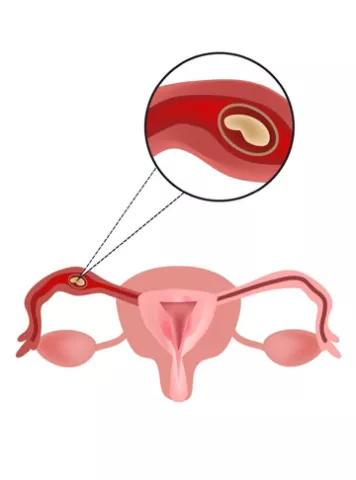

Guide to infertility treatments IVF
एक्टोपिक प्रेगनेंसी के लक्षण, कारण और इलाज
प्रेगनेंसी की खबर महिला को का�...
2023


IVF Guide to infertility treatments
टेस्ट ट्यूब बेबी का खर्च कितना आता है (What is the test tube baby cost in hindi)
पिछले कुछ वर्षों में टेस्ट ट्�...
2023


What Causes High Estrogen in Women
Estrogen is a very important hormone in a female’s body. It is especially ne...
2023


How early can a pregnancy be detected in IVF?
The happy news of pregnancy arrives after the successful completion of the fer...
2022


Guide to infertility treatments IVF
थाइरायड असंतुलन के कारण हो सकती है निःसंतानता, आईवीएफ से कैसे हो सकता है।
पिछले कुछ वर्षों में थायराइड �...
2022


पुरूष निःसंतानता का एक कारण वेरिकोसिल आधुनिक तकनीकों से संभव है पिता बनना
पुरूष निःसंतानता शब्द कुछ सा�...
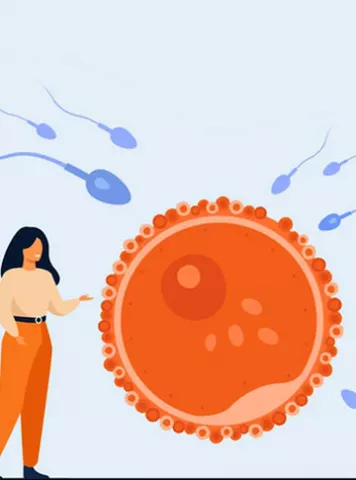

गर्भधारण के लिए कितनी होनी चाहिए शुक्राणुओं की संख्या
निःसंतानता एक ऐसी समस्या बनत�...
2022
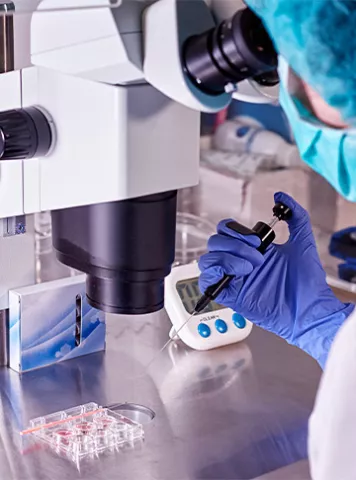

आईवीएफ क्या है (IVF Kya Hai) डिटेल में जानिए, आईवीएफ में कैसे होता है गर्भधारण
समय के साथ हमारी प्राथमिकताओ�...
Pregnancy Calculator Tools for Confident and Stress-Free Pregnancy Planning
Get quick understanding of your fertility cycle and accordingly make a schedule to track it

